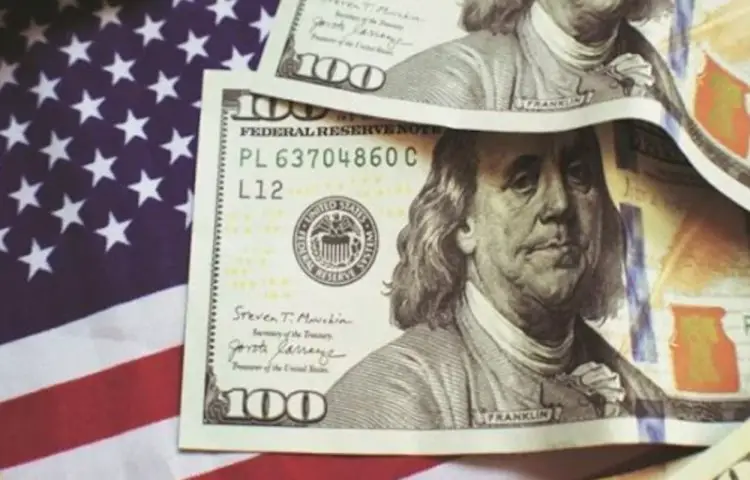What is Overdraft Protection? How Overdraft Protection Works
Overdraft protection is a special financial service provided by banks to their customers. Helps prevent transactions from being declined when there are insufficient funds in a customer's account (e.g. checks, ATM transactions, debit-card charges) as part of a bank's financial services.

Overdraft protection is a special financial service provided by banks to their customers. Helps prevent transactions from being declined when there are insufficient funds in a customer's account (e.g. checks, ATM transactions, debit-card charges) as part of a bank's financial services.
That is, when a customer makes a purchase or withdrawal that exceeds the available balance in the account, the Bank covers the excess amount through its Financial Services Overdraft Protection Transaction to ensure that it is completed without overdraft fees or declined transactions. Lets do it. Overdraft protection is sometimes called cash-reserve checking. Because it helps prevent transactions from being declined through cash reserves.
The bank provides this financial service to the customers under overdraft protection agreement so that the customer can fulfill his borrowings without any financial hindrance. For this the bank also charges some fees from the customers.
How overdraft protection works?
Overdraft protection is a financial service offered by banks that helps prevent transactions from being declined if there are not enough funds in a checking account. Let us know how overdraft protection works.
If a customer makes a purchase or withdrawal using a checking account, the bank checks your account balance to make sure you have enough funds to cover the transaction. If the transaction exceeds the available balance in the checking account, the transaction is usually declined by the bank, after which customers may have to pay overdraft fees to the bank.
For this, customers go to the transaction category with overdraft protection from the bank. In this, first the customers have to link the savings account, credit line, or credit card etc. to cover the funds in some way at the bank. So that the transaction is not rejected in case of insufficient funds in the checking account.
If the bank covers the transaction using a credit line or credit card, it requires the customer to repay the borrowed amount along with any applicable fees or interest charges. If funds are transferred from a linked account, the transferred amount may need to be replenished to avoid overdraft in the future. Bank alerts customers when overdraft protection is activated via email, text message or Online Banking
The aim is to help customers avoid immediate transactions and related charges as well as any inconvenience resulting from such drawdowns through bank overdraft protection. However, the thing to keep in mind is that the bank does not provide this facility to the customers for free, for this the customers pay a heavy charge to the bank, therefore, before taking overdraft protection from the bank, it is very important to understand the rules and charges related to overdraft protection.
How many overdraft fees can be charged?
If customers do not avail overdraft protection during excessive withdrawals, sometimes payments cannot be made due to insufficient funds in the bank account. Keeping this in mind, the bank provides overdraft protection to the customers.
For which the bank charges some amount per payment from the customers, which may be different for different banks. Banks typically charge customers between $30 and $35 in overdraft fees per payment (U.S.). In some cases, this amount may also depend on the customers' credit score.
Read Also : What is family law? Family Law bare act , Attorney and Specialists
















